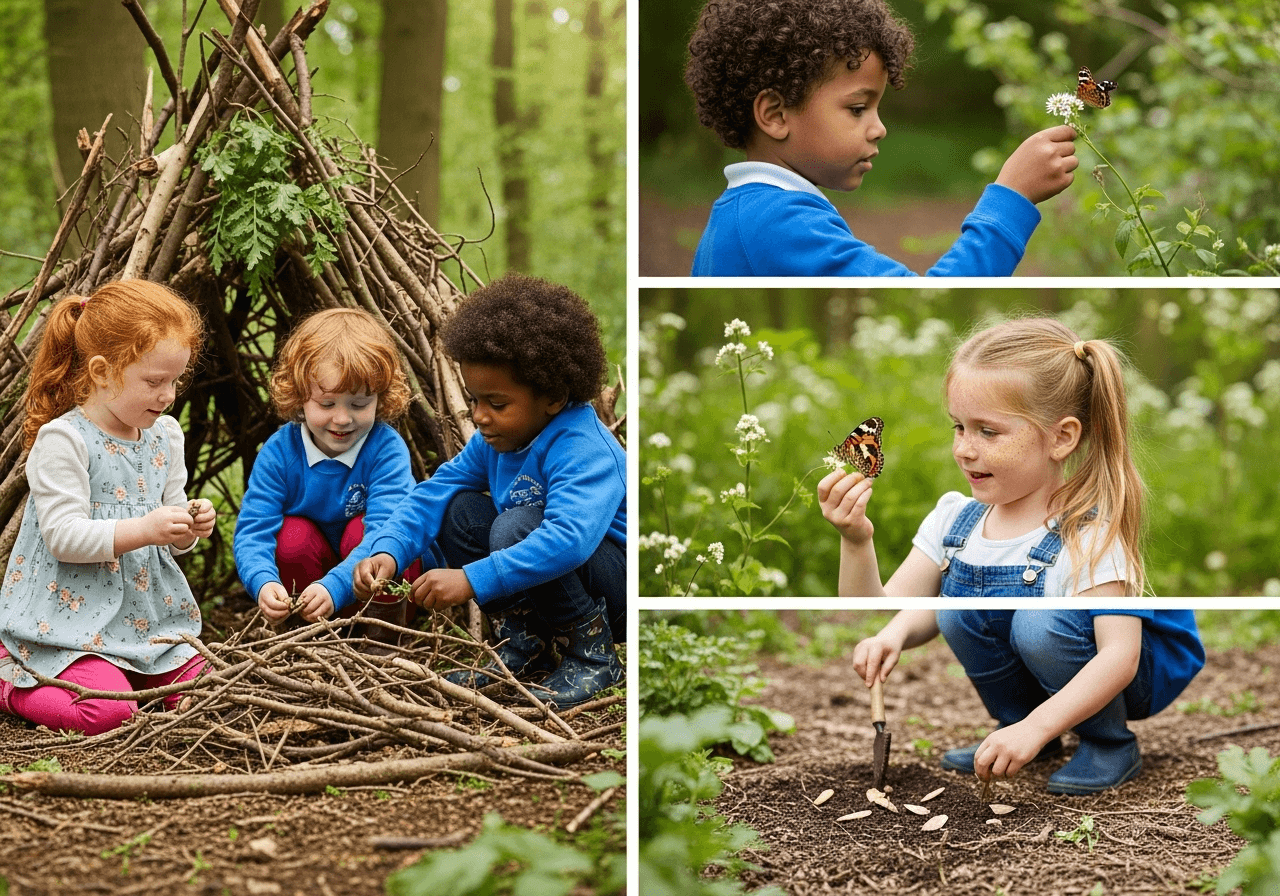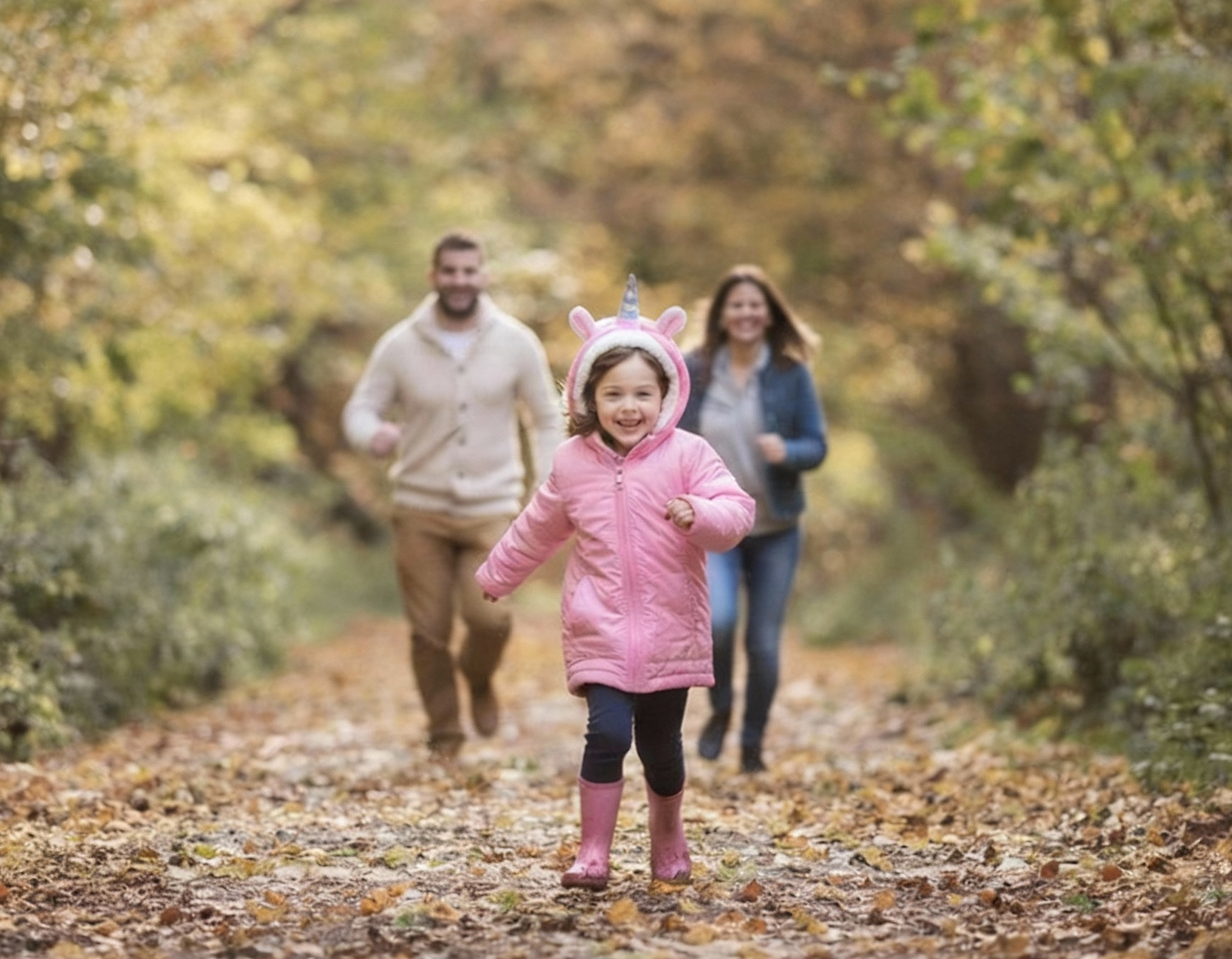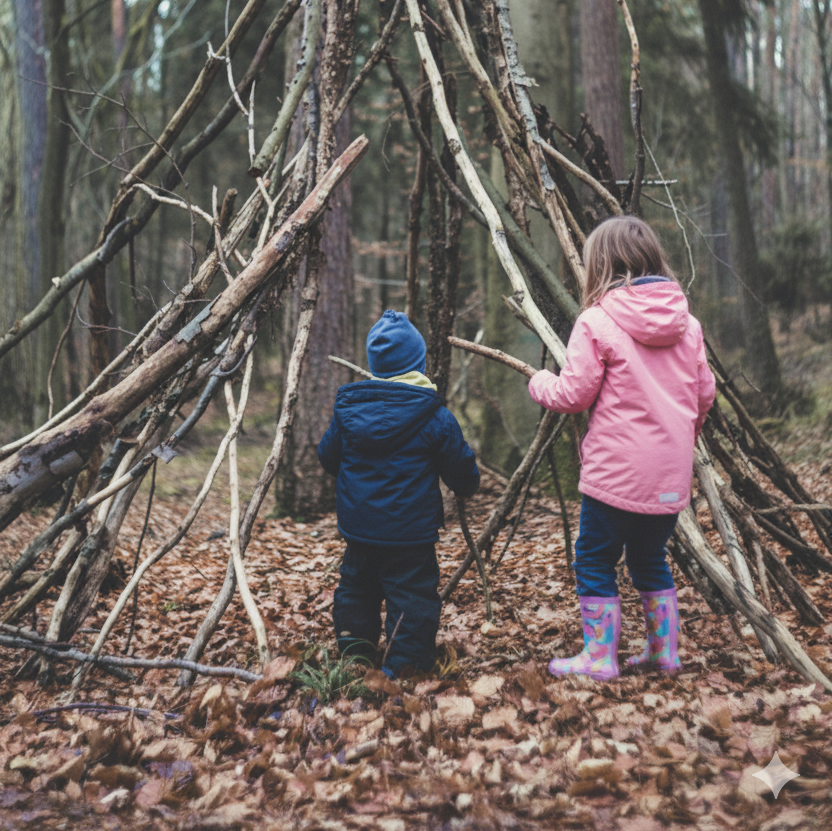· Outdoor Education · 3 min read
Unlocking the Adventure: Essential Forest School Activities for Children
Delve into the world of Forest School activities that ignite confidence and curiosity in children through hands-on nature play.

Unlocking the Adventure: Essential Forest School Activities for Children
Forest School offers a unique learning environment where children step out of the classroom and into nature. It’s a powerful educational approach where learning and adventure go hand in hand. This guide explores the essential activities that help children grow, develop new skills, and build a lasting connection with the great outdoors.
Why Choose Forest School?
Forest School provides a nurturing environment for children to grow, blending education with play and pushing beyond the boundaries of traditional classrooms:
- Holistic Development: It encourages social, physical, intellectual and emotional growth.
- Connection with Nature: It cultivates respect and understanding for the environment.
- Skill Building: It promotes resilience, problem-solving and creativity.
Essential Forest School Activities
Here are some core Forest School activities that provide valuable learning opportunities:
Den Building
This classic activity is fantastic for developing problem-solving skills as children figure out how to create a stable structure. It also naturally promotes teamwork, as they learn to communicate and cooperate to build their shelter. Fundamentally, it’s an exercise in imaginative play, allowing them to bring their unique designs to life using only what nature provides.
Fireside Learning
The campfire is a central hub for learning. Under careful supervision, children learn the fundamentals of basic fire safety, including how to respect fire and manage it responsibly. It also opens the door to basic cooking skills; even simple tasks like toasting marshmallows or heating water teach patience, cooperation, and the satisfaction of preparing their own food.
Stick and Tool Activities
A simple stick is one of the most versatile tools in a forest. With proper guidance and safety tools, children can learn whittling, a rewarding skill that hones fine motor control and concentration. Sticks also serve practical purposes, used for measuring distances, creating natural art, or simply becoming props in imaginative games.
Nature Trails and Exploration
Guided walks are all about discovery. Children are encouraged to sharpen their observation skills by learning to identify local flora and fauna, from different types of trees to animal tracks. These explorations also help them build basic navigation skills, as they learn to use simple maps, follow landmarks, and develop a stronger sense of spatial awareness.
Benefits of Forest School Activities
Emotional and Social Gains
- Confidence Building: Achieving small victories in challenging settings boosts self-esteem.
- Cooperation: Shared tasks promote teamwork and improve communication skills.
Cognitive Development
- Curiosity and Innovation: Natural settings spark enquiry and creative thinking.
- Problem-solving: Overcoming challenges in the outdoors builds strategic thinking skills.
Getting Involved with Forest School
Tips for Parents
- Find a Local Programme: Many communities offer Forest School programmes. Check with local councils or community centres.
- Ensure Safety and Comfort: Equip your child with appropriate outdoor clothing, footwear and a positive attitude for the best experience.
Tips for Educators
- Incorporate Outdoor Learning: Even a school garden or local park can become a Forest School setting.
- Professional Development: Taking part in workshops or certifications can hone the skills needed to lead these activities effectively.
Conclusion: The Value of Outdoor Learning
Ultimately, Forest School provides invaluable experiences that help shape confident and inquisitive learners. By encouraging children to learn and explore in a natural setting, it fosters a lifelong sense of curiosity and respect for the environment.
FAQs
What age group is best suited for Forest School?
Children between 3 and 16 years old often benefit the most, with a wide range of activities tailored to suit various age groups and developmental stages.
How do Forest Schools align with traditional education?
While distinct, Forest Schools complement mainstream education by enhancing critical thinking, collaboration, and personal growth in a practical, hands-on environment.
Are these activities safe for children?
All activities are supervised by trained staff who prioritise safety. A core principle is teaching children how to assess and manage risks responsibly for themselves.



